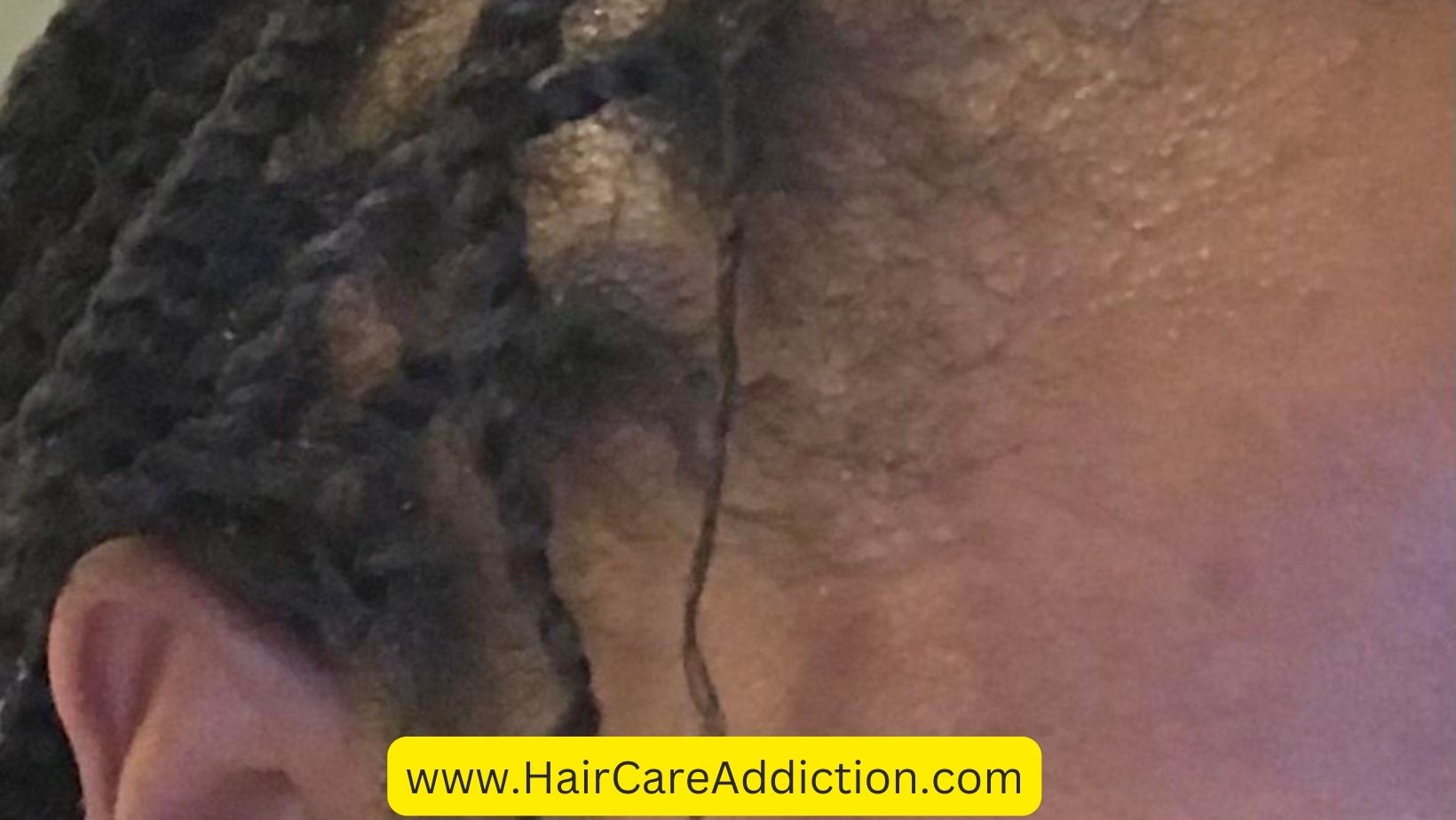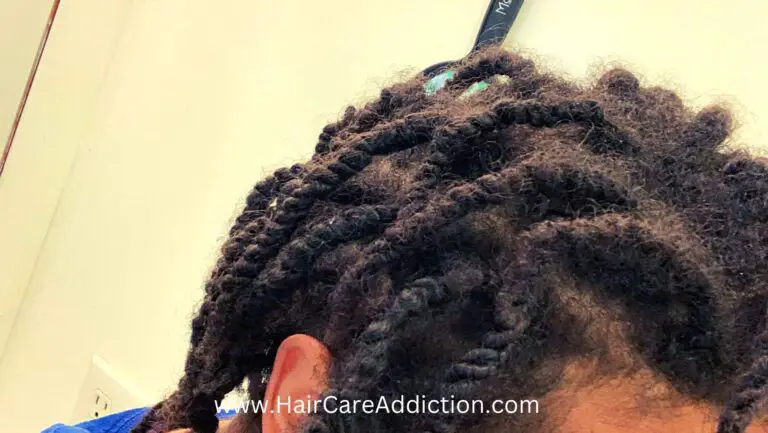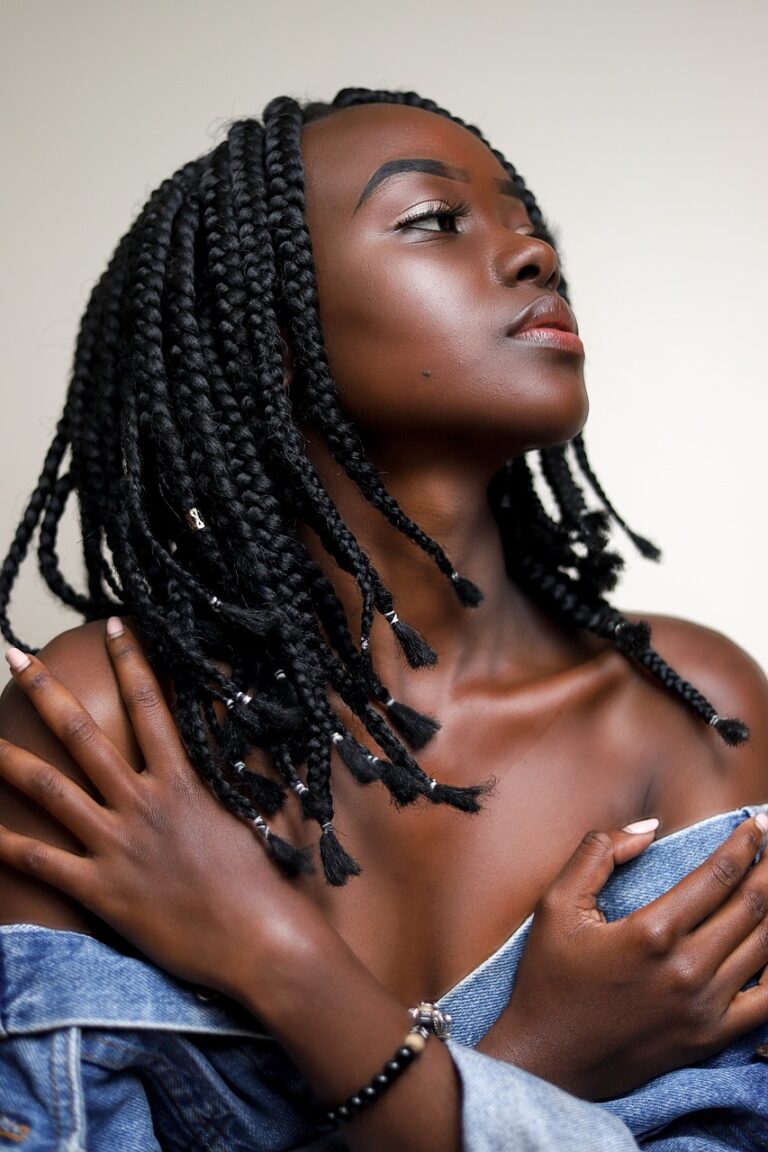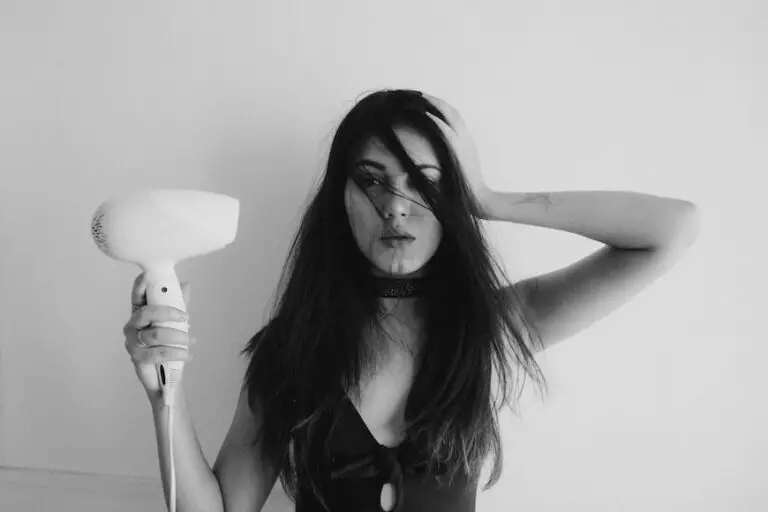Why Are My Twists So Thin?

If you like wearing twists in your hair, you might have noticed that sometimes they look thin and not as full as you’d like.
Twists are great for keeping your natural hair healthy and protected, but they can seem less voluminous if your hair isn’t in its best condition.
Let’s explore why your twists might look thin and what you can do to make them thicker and healthier.
Why Your Twists Might Look Thin?
Some people naturally have thinner hair or less hair on their scalp.
This can make twists appear less full, but you can work with your natural hair by using the right products and techniques.
If you’re losing hair due to stress, health issues, or other reasons, your twists will show it. It’s essential to address the cause of hair loss with a doctor.
Your hair needs nutrients to grow strong and thick. If you’re not eating a balanced diet with enough vitamins and minerals, your hair may suffer. You can consider taking special vitamins for hair health.
Dry hair is more likely to break and look thin.
Before you twist your hair, make sure it’s well-moisturized using products like leave-in conditioner and moisturizing sprays.
If you twist your hair too tightly or pull it too hard, you can damage your hair and scalp. Twisting gently with your fingers or a wide-tooth comb is better.
Some hair products can make your twists look thin because they build up on your scalp. Use gentle and natural products instead.
How you twist your hair matters. If you use very small sections, your twists will look thinner. Twist your hair when it’s mostly dry to avoid shrinkage.
As the hair gets longer, it can actually look thinner. This is because the weight of the hair pulls it down, making it appear less voluminous.
The more moisturized your hair is, the thicker the twist will look. Twists done on dry hair, and then gotten wet, tend to be bigger than twists on wet hair, or twists done on dry hair and left dry.
Read Also: Why Do My Twist Curl Up?
How to make twist look thicker?
Begin by selecting the hair sections that you want to transform into chunky twists. These sections should be manageable and not too large.
At the base of each selected hair section, perform a series of tight, normal twists. These initial twists should be done close to the scalp and should be firm to create a secure foundation for the chunky twist.
After creating the tight base twists, start loosening the twists as you move towards the ends of the hair sections. Gradually release tension, allowing the twists to become looser and less tightly wound. This gradual loosening creates the chunky effect.
While the middle portion of the hair sections is intentionally made loose, make sure to keep the ends of the twists tight. This ensures that the twists don’t unravel easily and maintain their chunky appearance.
Once you’ve achieved the desired thickness and looseness for your chunky twist, seal it by twirling the hair around your finger at the end of the section. This twirl secures the twist and helps maintain its shape.
Continue this process for all the selected hair sections, working through them one by one. Each chunky twist should have a tight base, a gradually loosened middle portion, and a twirled end.
As you create these chunky twists, you’ll notice a significant difference in volume and thickness compared to the untreated hair sections. This technique creates the illusion of fuller and thicker hair.
After completing all the twists, you can style your hair as desired. The chunky twists give the appearance of greater hair volume and can be a stylish and effective way to enhance the look of thin 4C hair.
Conclusion
In summary, the moisture level of your hair significantly impacts the appearance of twists.
Twists on well-moisturized hair appear thicker, while those on dry hair that later gets wet result in larger twists.
Choosing the right moisture balance is key to achieving your desired twist size and style.






